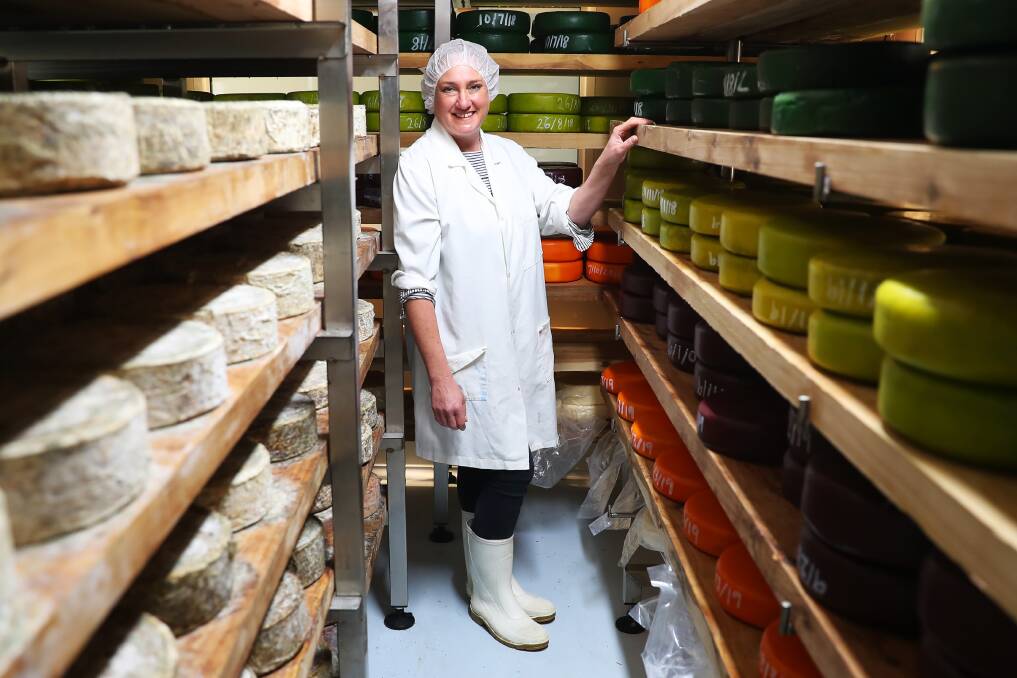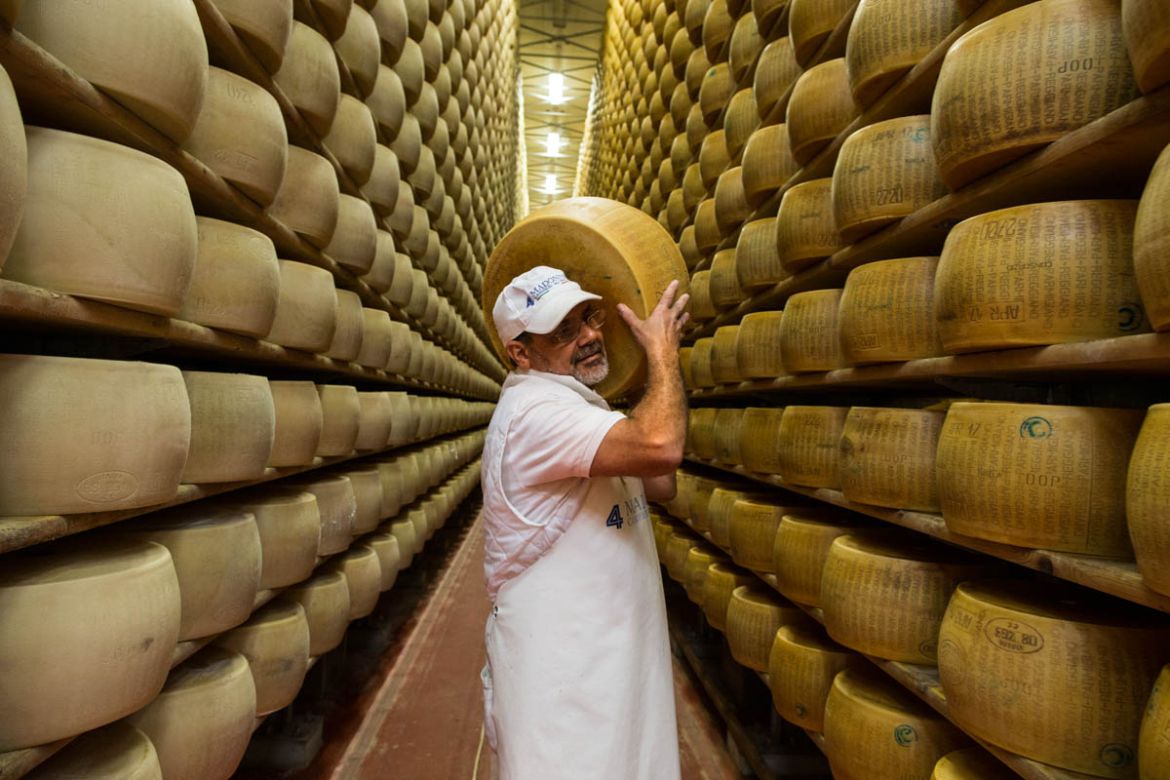Opening the Keys of Artisanal Cheese Making: A Detailed Do It Yourself Guide
In the world of culinary workmanship, artisanal cheese making stands as a testimony to the fragile equilibrium in between practice and innovation. As we embark on this journey to demystify the art of creating beautiful cheeses, we are faced with a tapestry of secrets and skills waiting to be unraveled.
Selecting the Right Milk
When starting the journey of artisanal cheese making, the choice of milk plays a vital duty in determining the quality and qualities of the end product. The kind of milk chosen impacts the flavor, structure, and in general profile of the cheese. Raw milk, directly from the animal, is chosen by numerous artisanal cheesemakers because of its one-of-a-kind mix of enzymes, germs, and taste compounds. Nonetheless, making use of raw milk comes with policies and risks, making pasteurized milk a much safer alternative for beginners.
When choosing milk for cheese making, it is very important to consider the fat web content. Greater fat content in milk can cause a creamier and richer cheese, while reduced fat content might lead to a drier and stronger structure. Additionally, the resource of the milk, whether from cows, goats, sheep, or buffalo, adds distinctive flavors and characteristics to celebrity (Floridia Cheese). Each kind of milk brings its very own nuances, permitting for a vast array of cheese ranges to be crafted based upon the chosen milk. Eventually, the selection of milk is an essential decision that establishes the structure for an effective artisanal cheese-making venture.
Culturing and Coagulating
To launch the cheese-making procedure, the important actions of culturing and coagulating have to be thoroughly executed to change milk right into curds and whey. Culturing entails presenting helpful microorganisms to the milk, which after that starts the fermentation procedure. These microorganisms transform lactose (milk sugar) right into lactic acid, developing the acidic atmosphere needed for coagulation. The sort of society utilized can dramatically influence the taste, structure, and ripening of the final cheese product.

The timing and temperature level control during culturing and coagulation are vital elements that affect the final outcome of celebrity. Proper implementation of these steps is vital to ensure the wanted structure, taste, and consistency of the artisanal cheese being generated.
Draining and Pressing Curds
After the milk proteins have coagulated and the curds have actually been cut to launch whey, the following vital step in artisanal cheese making includes official website draining pipes and pressing the curds to attain the preferred texture and consistency of the last cheese product. The time for draining pipes can vary depending on the kind of cheese being made and the desired dampness material.
Once the curds have actually completely drained, the following step is pushing. Pushing aids eliminate any kind of continuing to be whey and compacts the curds to develop a strong cheese wheel. Pressing can be done utilizing specialized cheese presses that apply regular and mild stress over an amount of time. The period and stress applied throughout pushing will certainly affect the last appearance of celebrity, from soft and luscious to tough and company. Correct draining pipes and pressing are vital steps that dramatically impact the quality and features of the artisanal cheese being created.
Aging and Flavor Methods
Executing precise aging and flavoring methods is pivotal in improving the deepness and complexity of artisanal cheeses, boosting their taste accounts to charming levels of refinement and sophistication. Aging plays a critical here are the findings function in developing the special tastes and structures that identify artisanal cheeses.
Flavoring strategies likewise add substantially to the last taste of artisanal cheeses. Cheesemakers may pick to introduce extra flavors by incorporating active ingredients such as natural herbs, spices, or also fruits into celebrity during the manufacturing procedure. Furthermore, some cheeses are cleaned or rubbed with numerous liquids, such as salt water or alcohol, to boost their textures and tastes.
Wrapping and Keeping Cheeses

Final Thought
To conclude, grasping the art of artisanal i was reading this cheese making entails thoroughly choosing the right milk, following exact culturing and coagulating processes, draining pipes and pressing curds properly, and utilizing different aging and flavor techniques. By following these steps faithfully and with attention to information, you can develop your own tasty and one-of-a-kind cheeses at home. Keep in mind to cover and save your cheeses correctly to make certain optimal flavor and appearance development. Pleased cheese making!
Each type of milk brings its own subtleties, permitting for a wide variety of cheese ranges to be crafted based on the picked milk.After the milk healthy proteins have coagulated and the curds have been cut to launch whey, the next crucial step in artisanal cheese making involves draining and pushing the curds to achieve the wanted texture and uniformity of the final cheese item. The majority of cheeses need to be covered in wax paper or cheese paper to permit them to take a breath while shielding them from drying out. For cheeses that require to proceed aging, such as bloomy skins or washed rinds, ensure they are stored in an amazing atmosphere like a cheese cave or a refrigerator established to the ideal temperature level. By paying interest to the wrapping and storage space of artisanal cheeses, cheese manufacturers and lovers can protect the integrity of these specials and completely enjoy their complex flavors.